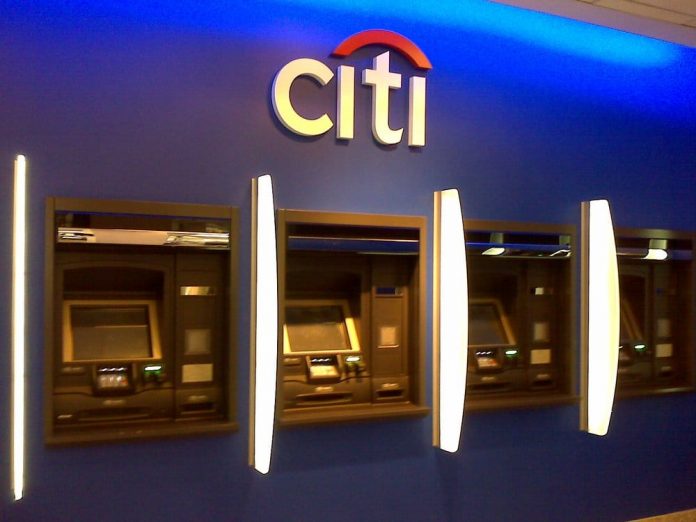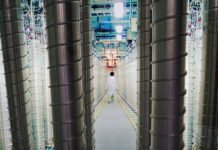
Bacteria found on human skin. Microbes from bony fish, mollusks, chicken and baked goods. These are part of the long list of life-forms that live on the surfaces of ATM keypads in Manhattan, Queens and Brooklyn, according to a new analysis.
The study was published in the American Society for Microbiology’s open access journal mSphere. It is one of a number of fascinating research projects in recent years to catalogue and understand the microbes that live among, on or inside us and how they impact human health. Last year, scientists explained how each person is surrounded by a cloud of bacteria that follows you wherever you go and is as unique and identifiable as a fingerprint. And this summer, they detailed the inhabitants of the subterranean world of Boston’s subway, known as “the T” – not anthrax or plague, thankfully, but lots of other scary things.
The ATM study, led by biologist Jane M. Carlton, involved taking swabs of 66 keypads in eight New York City neighborhoods in June and July 2014 and using DNA sequencing to try to determine what was in the samples. Researchers said the results represent the “average” community of microbes pooled from the hundreds of people who likely touch each machine every day.
The most abundant microbes found in the study – bacteria that live on human skin – were not particularly surprising. After all, each person is estimated to shed tens of thousands of skin cells each hour. What was interesting is that the ATMs appeared to carry the evidence of what we may have eaten for lunch.
The traces varied a bit by neighborhood. On keypads in Central Harlem South, researchers found a marker for chicken. In Asian neighborhoods like Flushing and Chinatown, they found microbes from bony fish and mollusks. And in midtown Manhattan and other predominantly white neighborhoods, they found Xeromyces bisporus, a foodborne mold that researchers said is associated with spoiled baked goods. This bacteria was originally “isolated from licorice and associated with spoilage of high-sugar foods such as cakes and confectionaries.”
In the paper, Carlton and her colleagues characterized the ATM microbes as “a record of both human behavior and environmental sources.”
“The results are of particular relevance with respect to humans,” they wrote, “since the surfaces studied are touched by people and could potentially mediate interpersonal transfer of microbes or microbial DNA.”
(c) 2016, The Washington Post · Ariana Eunjung Cha
{Matzav.com}












gross